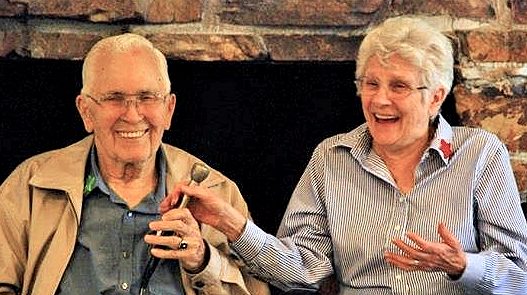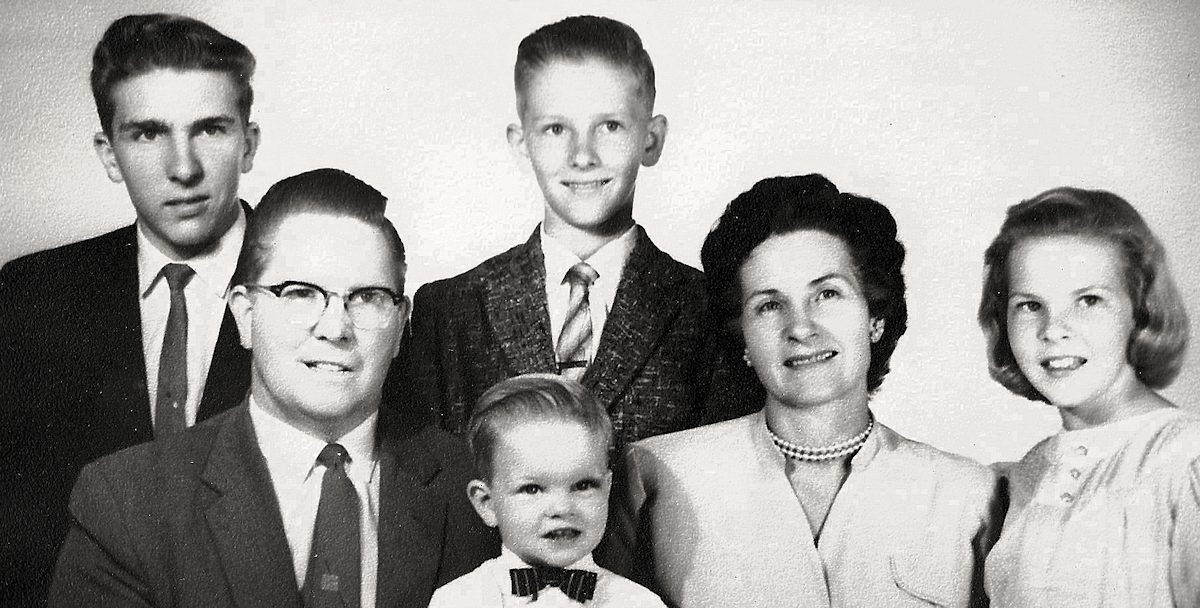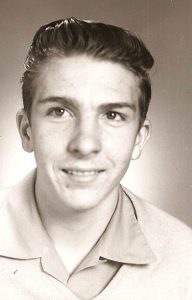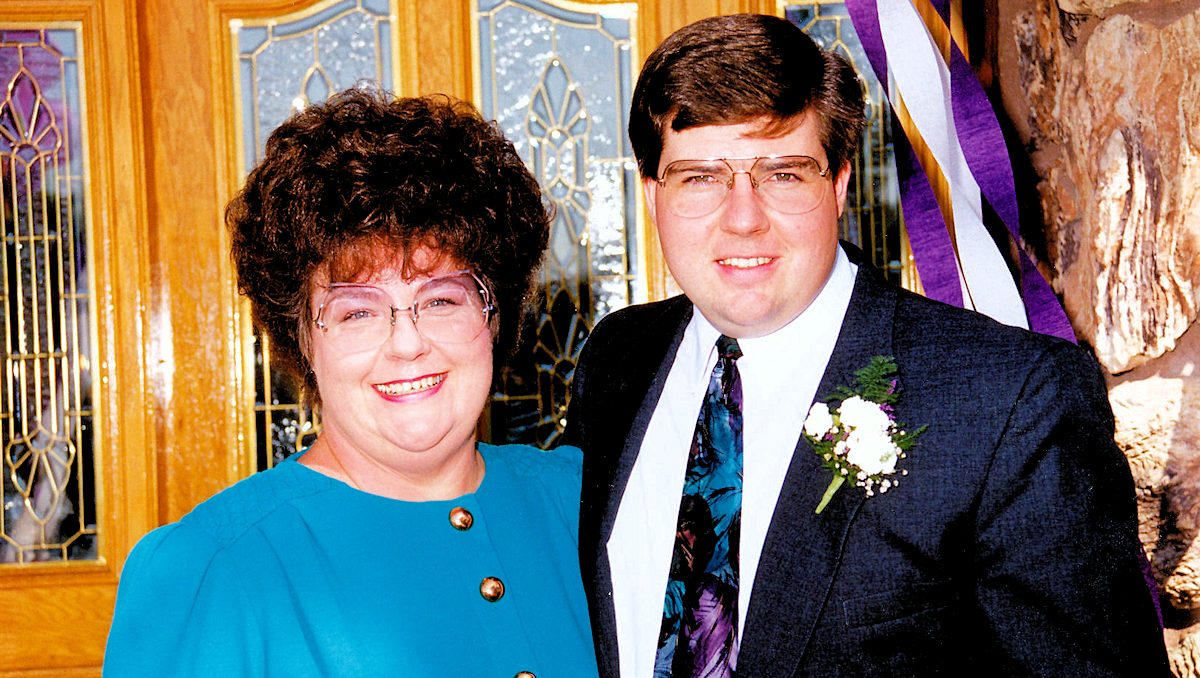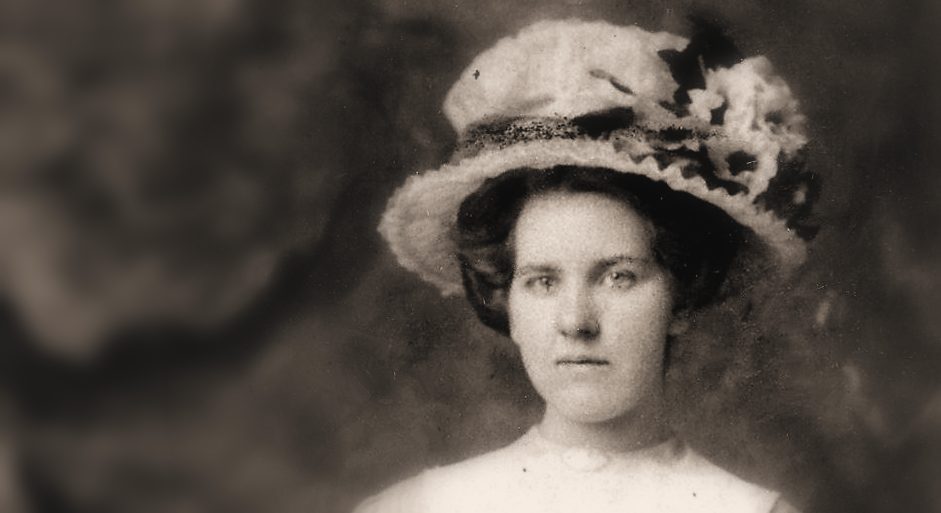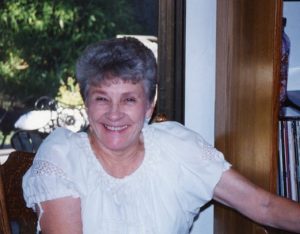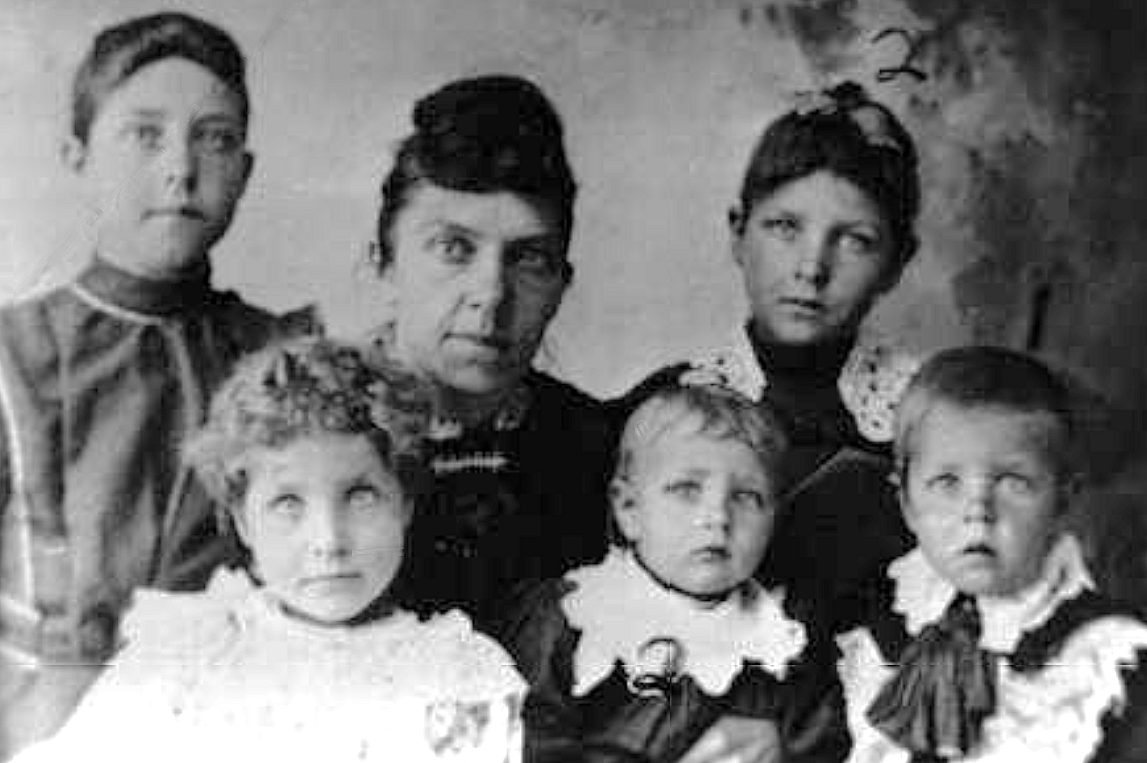Memories of Mom — Grandma’s Laugh
Someone once said, “Grandmas are moms with lots of frosting!” This story is a great example of that.
In this “Memories of Mom” installment Paul Westover, son of Kim and Pam and a grandson to Darrell and Evie, shares a reunion memory that centers on his Grandma Evie.Now, this covers a little ground we’ve shared already a little this week when Evie shared a giggling memory of her mother. And all that Paul independently verifies is that the laughter has never stopped.
We’ve asked dozens of people if they had time to share a memory of Mom this week. But we didn’t coordinate or direct a thing with these stories. (And we’re pretty sure Paul and Evie didn’t coordinate things either.) It is a delightful reminder of how spontaneously consist the love of family can be.
Paul, in his wisdom, added a little musical element to his story — and for that we’re grateful, too. Enjoy:

